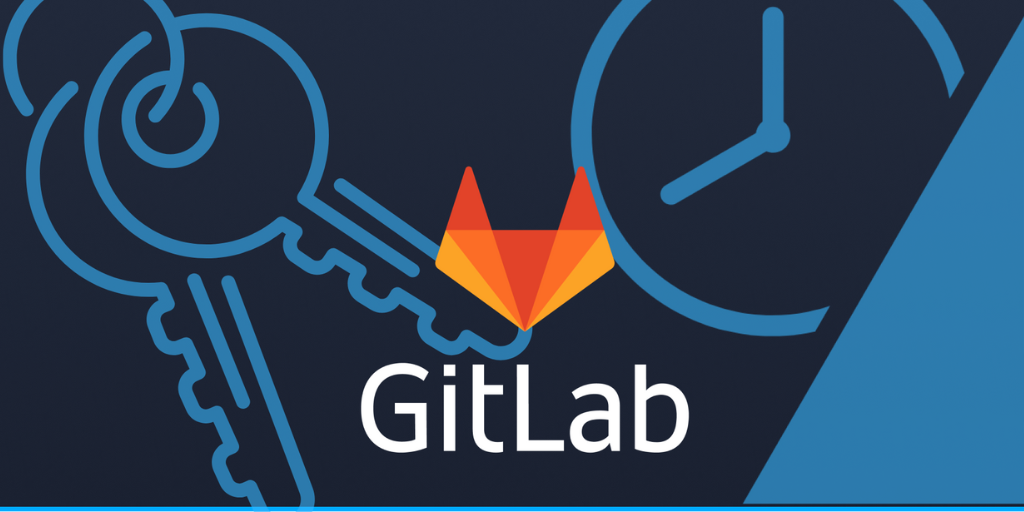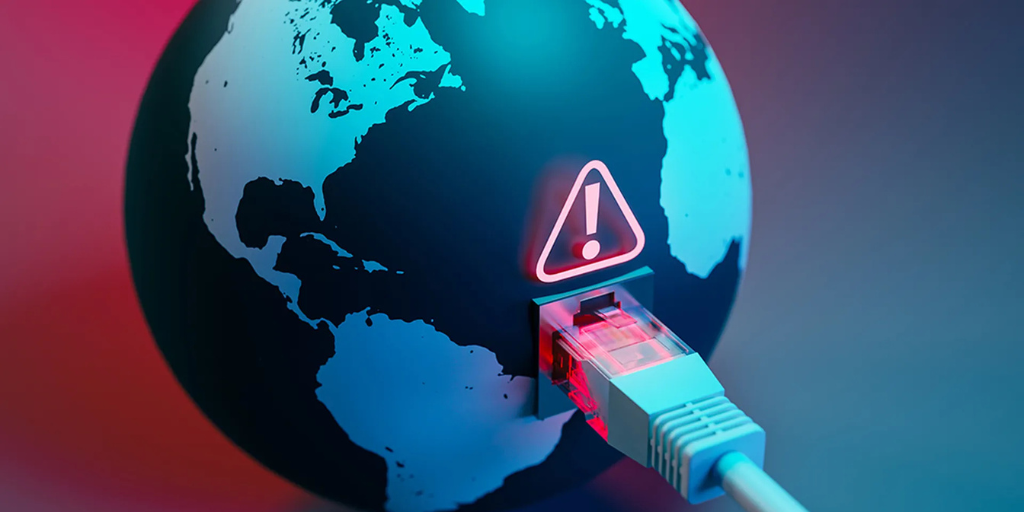Last updated on April 10th, 2025 at 08:48 pm
Introduction
Authentication tokens play an important role in accessing GitLab, so that users and applications can interact with the depot, the CI/CD pipelines and the API without highlighting sensitive information. However, incorrectly administered symbols can cause important security risks, including unauthorized access and data violations. In order to reduce these risks, organizations and developers must follow best practices when handling the GitLab Authentication Tokens Internet Archive. This includes proper storage, regular rotation and compliance with security policy that prevents accidental leaks. In addition, it is necessary to store and revise symbols to maintain compliance and ensure system integrity.
Understanding GitLab Authentication Tokens
What Are GitLab Authentication Tokens?
GitLab authentication tokens are unique identifiers used to safely certify users and applications without relying on traditional passwords. These symbols provide access to the API, depot, and other resources to GitLab based on the permissions prescribed.
Types of GitLab Tokens
GitLab provides multiple types of authentication tokens, each with specific use cases:
- Personal Access Tokens (PATs): Used by users for API authentication.
- Deploy Tokens: Grant read-only access to repositories for deployment processes.
- CI/CD Job Tokens: Allow communication between continuous integration/continuous distribution (CI/CD) Services of Gitlab.
- Project Access Tokens: Give scoped access to specific projects, reduce the risk compared to global symbols.
While these tokens are convenient, they also introduce security risks if not managed properly.
Security Challenges with GitLab Authentication Tokens

Common Threats and Risks
GitLab authentication tokens are highly sensitive. If exposed, they may allow unauthorized users to reach the depot, change the code or even remove significant data. Some common threats include:
- Accidental leaks in public repositories (e.g., pushing tokens to GitHub or GitLab public repos).
- Exposure in logs, scripts, or shared documents where tokens are stored in plaintext.
- Compromised developer credentials, leading to unauthorized token access.
How Hackers Exploit Leaked Tokens
Hackers continuously scan public repositories, logs, and archives for authentication tokens. If they find a valid token, they can:
- Clone private repositories.
- Modify code, inserting malware or backdoors.
- Delete or ransom critical project files.
- Gain access to internal infrastructure through compromised pipelines.
Best Practices for Securing GitLab Authentication Tokens
Generating Secure Tokens
When creating GitLab authentication tokens:
- Use strong, random strings with high entropy.
- Assign minimum necessary permissions instead of full access.
- Avoid reusing tokens across multiple applications.
Storing Tokens Safely
Never store tokens in plaintext or commit them to a repository. Instead:
- Use environment variables to keep tokens secure.
- Store them in a password processor or vault, such as Hashicorp Vault or AWS Secrets manager.
- Limit access to symbols depending on the principle of least privilege (Polp).
Rotating Tokens Regularly
Put a policy to eliminate and revive the symbols from time to time. This ensures that even if a token is leaking, it has a limited life.
Implementing Access Controls
Use GitLab’s built-in access control features to restrict token usage:
- Restrict token access by IP address.
- Assign role-based permissions to limit access scope.
- Regularly audit token usage to detect anomalies.
The Role of the Internet Archive in Security
What is the Internet Archive?
The Internet archive, also known as a “wayback machine”, is a digital depot that stores the snapshots of websites. This means that when a Gitlab token appears on a public website, it can be permanently stored – even after deletion.
Why Are GitLab Tokens at Risk on Archived Pages?
If one accidentally develops a symbol of a website, blog post, or documentation, the Internet Archive can save the page that makes it indefinitely. Although the original material is removed, the stored version remains available.
How to Prevent Token Exposure in the Internet Archive

Removing Sensitive Data from Archived Pages
If a GitLab authentication token has been accidentally published and archived:
- Request removal by contacting the Internet Archive’s support.
- Use robots.txt rules to prevent future archiving of sensitive pages.
Configuring GitLab to Prevent Token Leaks
- Enable secret detection tools like GitLab’s built-in Secret Detection Scanner.
- Use DLP (Data Loss Prevention) tools to prevent accidental exposure.
- Regularly scan logs and repositories for potential token leaks.
Advanced Security Measures for GitLab Tokens
Enabling Two-Factor Authentication (2FA)
Adding 2FA ensures that even if a token is compromised, unauthorized users cannot get full access without an extra authentication factor.
Using IP Whitelisting
Restrict token access to specific IP addresses to prevent unauthorized access from untrusted sources.
Auditing and Monitoring Token Usage
- Enable audit logging to track token usage.
- Set up alerts for suspicious token activity (e.g., unauthorized API requests).
GitLab Authentication Tokens: Real-World Case Studies
A Case of Leaked Tokens and Its Impact
In 2021, a technical company accidentally leaked GitLab Authentication Tokens Internet Archive to a public depot, resulting in unauthorized access and computer theft of thousands of dollars.
How Companies Strengthened Their Token Security
After suffering a breach, companies like Tesla and Uber implemented:
- Automated token scanning and revocation policies.
- Strict CI/CD pipeline security measures.
- Regular security audits for exposed credentials.
Conclusion
GitLab authentication tokens are powerful but must be protected with strict security measures. From proper storage and rotation to prevent exposure to public archives such as internet archives, organizations should be active in securing their symbols. By implementing best practices, for example, IP white, access control, and surveillance, can reduce the voice risk and ensure that their GitLab Authentication Tokens are protected from cyber threats. Be safe, be careful!









